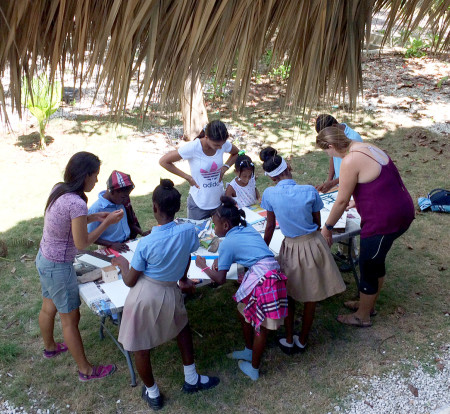
More visually appealing. Easier to navigate. A LOT more information about birding hotspots in the Caribbean, how to get there, and which guides and operators can offer the best birdwatching experience on the ground.
Those were our objectives when we embarked on redesigning the Caribbean Birding Trail (CBT) website. Now, we are finally ready to launch the CBT’s new online home and to share it with you, and the world! Click here to access the new website.
The CBT was launched in 2011 by BirdsCaribbean in order to promote authentic experiences that benefit local people and encourage the protection of the Caribbean’s natural resources, including birds and their habitats. The website has always been a key part of making this happen.
Overhauling the website and building a customized directory (and beautiful maps!) of the birding gems of the Caribbean was no small task. To do the project justice, we knew we would need to learn as much as possible about every birding nook and cranny there is on each island. And we are here to tell you…there are many!
What’s Special about the New CBT Website

As you scroll through the pages, you will find information about 138 birding sites in 24 countries. We are also proud to be promoting more than 50 guides and tour operators. These are people and enterprises who are from the Caribbean, or who now call the region home. We also aim to include a listing of every field guide and book that our partners have published for their islands. We also provide links to as many additional resources as we possibly can, giving you as full a picture as possible of the wealth of birds, habitats, and local customs and folklore.
Through the website, we also strive to tell the story of the Caribbean and its incredible natural heritage through pictures. There are nearly 700 species of birds known from the Caribbean, including 171 species that are endemic to the region and found nowhere else in the world. Furthermore, there are thousands of endemic plants, snails, lizards, frogs, mammals, and insects; and the beautiful landscapes and geological treasures that the birder will discover along the way. We have collected almost 1,000 photos thus far, and hope for many, many more.
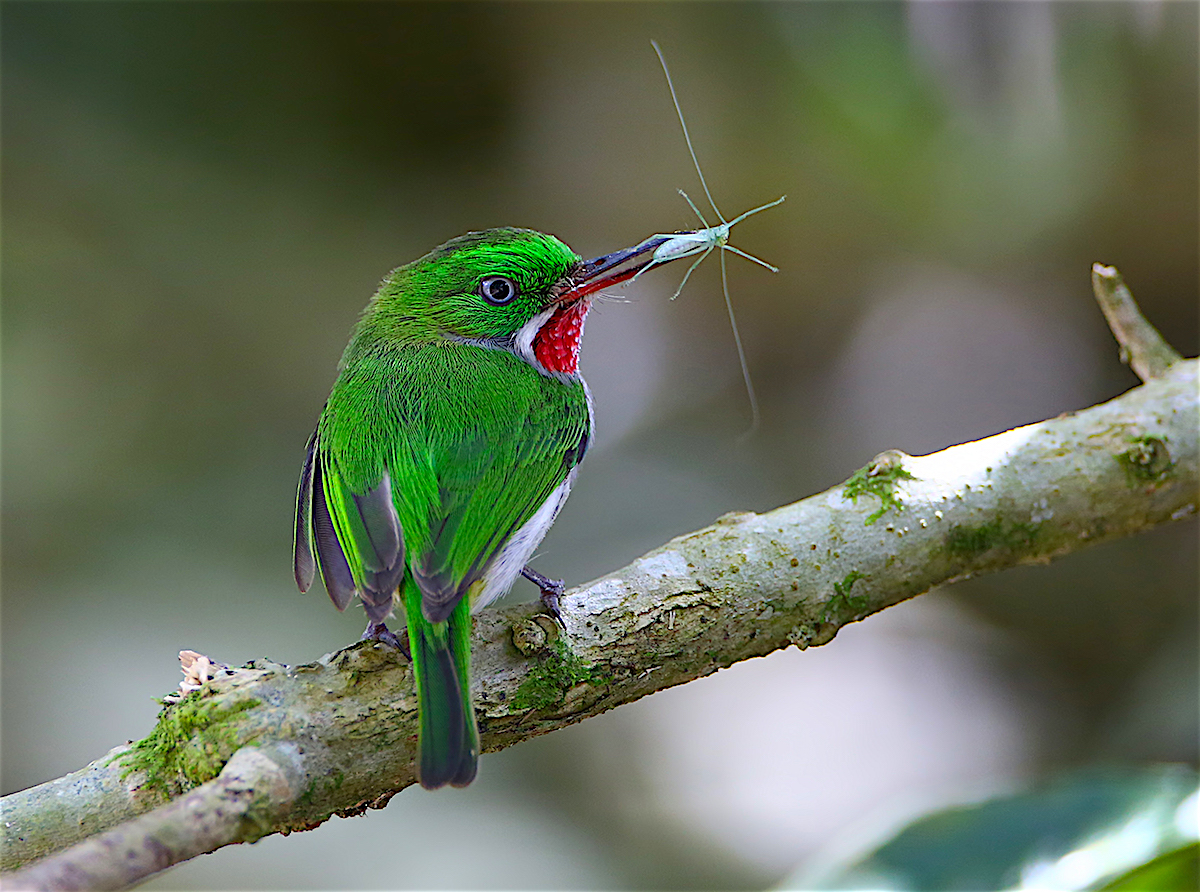
It’s a Work in Progress, and We Love Our Partners!
If you are one of the dozens of individuals who supplied us with photos and/or information about people and places, we thank you! And we ask that you keep the information coming. We are not planning to stop adding to the website. In fact, our goal is for the CBT’s new site to become the number one resource in the world for planning a trip to the Caribbean to see birds, or simply to enjoy the nature and culture of the islands. We are going to build it into the “go-to” site for Caribbean birding.
We consider this website a work in progress. We will always accept suggestions for additional sites, guides, and accommodations to add; or edits and corrections to existing pages. We also greatly appreciate high quality photos, especially of birds.
Our online presence has already helped spur fruitful discussions with tour operators, and as a result BirdsCaribbean has partnered with three different companies (Wildside Nature Tours, Birding the Islands, and Carefree Birding). These companies are committed to giving back to the islands, and they donate a portion of their profits from Caribbean tours to BirdsCaribbean to invest in conservation.
The CBT…More than Site Promotion

The CBT project is not just about places to go. Through the CBT we are also helping create authentic experiences, and building capacity where needed in the Caribbean to do so. Essential to this is the Caribbean Birding Trail Interpretive Guide Training program, a five-day intensive course where participants not only learn to identify the local bird species and their connection to the environment, but also discover how to use interpretation techniques that will bring this knowledge to life for their birding guests.
The training helps guides to uncover unusual pieces of local science and cultural context that will spark the imagination of the birders and have them fully engaged during their tours. Professional bird and nature guides, certified through the National Association of Interpretation in the U.S., conduct this exciting, hands-on training program.
The reason we thought this important is for the same reason we think the Caribbean Birding Trail itself is important. It is because birds are windows to nature. And in the Caribbean, they are also portals for getting away from the tourism hubs and into the beating heart of the islands. They facilitate discovery, having an authentic experience, and bird by bird, getting to know the real Caribbean.
And There’s More…
Have you taken a look at the BirdsCaribbean YouTube channel lately?
Our new video is now available on the CBT website and on our YouTube channel. The four-minute long video gives the viewer an enticing glimpse into the birds they will see, and a taste of the culture they can get immersed in when they go looking for those birds.
With Deep Gratitude
Thank you again to everybody who contributed to the original CBT website and this much-improved 2.0 version.
Special thanks to our CBT cartographer, Aly DeGraff Ollivierre for creating the awesome maps and helping solicit, organize, and upload content to the website. Also to Holly Robertson, the CBT Project Manager, for her role as webmaster and digging deep into the world of WordPress.
We would be nowhere without the patience and fortitude of our web designer, Kathleen McGee of BTN Designs, and the vision of Ted Eubanks and Fermata, Inc in originally charting the course of the Caribbean Birding Trail and establishing the first iteration of the website.
With deep gratitude we also thank the donors who financially supported the development of this website over the years: the Critical Ecosystems Partnership Fund, the Marshall-Reynolds Foundation, and the U.S. Fish and Wildlife Service Neotropical Migratory Bird Conservation Act Program.
Links to articles about our Caribbean Birding Trail Guide Training workshops:
To Union and Back: A Week of Developing Skills, Facing Fears, and Building Friendships
Sharing a Passion for Birds: the Caribbean Birding Trail Guide Training in Cuba
Caribbean Birding Trail Conducts First Guide Training Program for 24 Participants in Jamaica
On the Caribbean Birding Trail in the Dominican Republic
Sisters from Different Misters? Learning to Differentiate between Willet and Short-billed Dowitcher
The Birding Experience: A Poetic Take on the Caribbean Birding Trail Workshop






































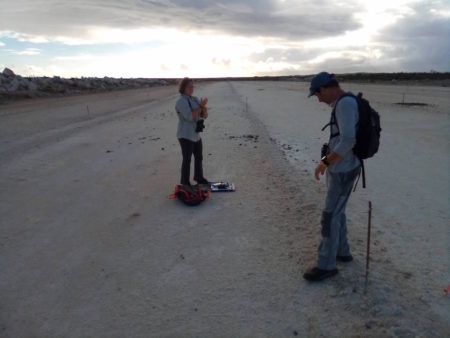
























































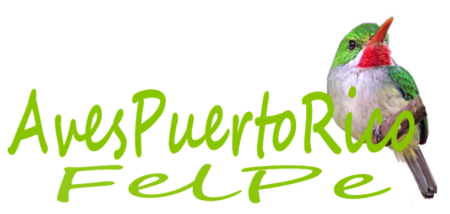













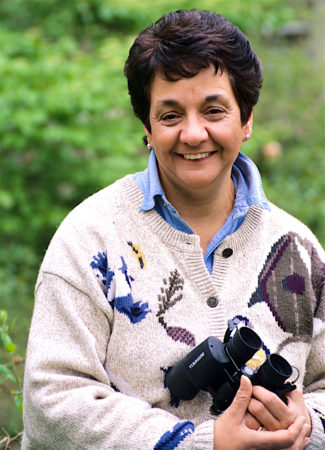





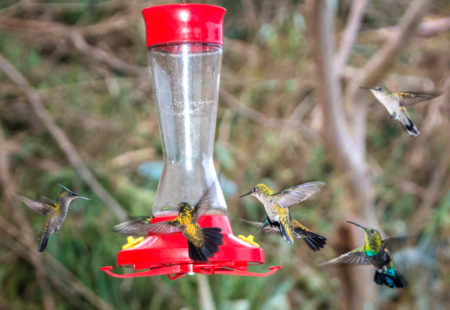

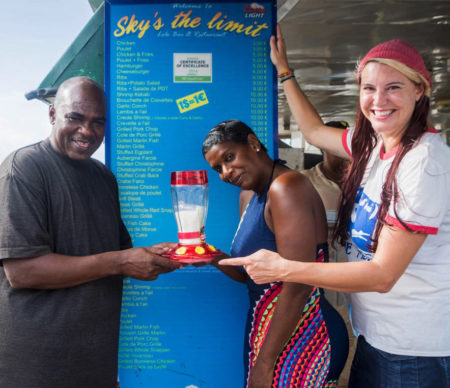







































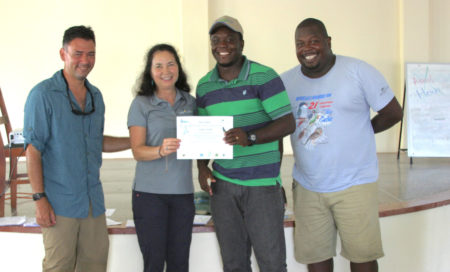








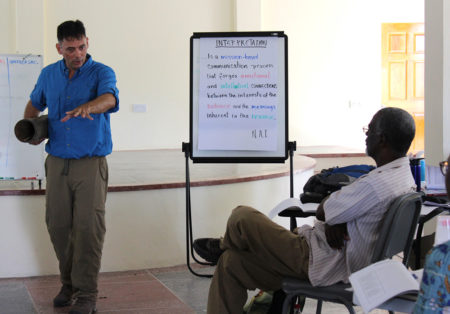

















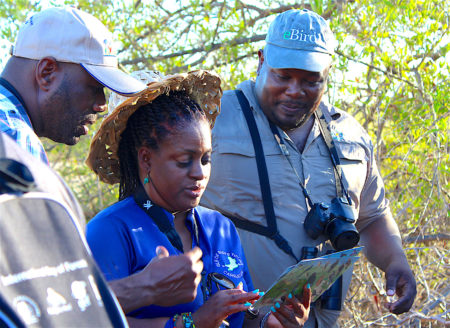























































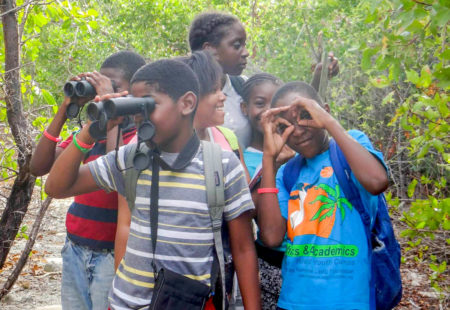

 It is a pleasure to announce the publication of the first issue of the Annotated Checklist of the Birds of Cuba by Nils Navarro Pacheco and Ernesto Reyes Mouriño (No 1, 2017). This publication will serve as an official list and platform for work in the field of ornithology within the Cuban archipelago, as well as keeping the ornithological community updated on changes in taxonomy, systematics and new additions to the bird list of Cuba.
It is a pleasure to announce the publication of the first issue of the Annotated Checklist of the Birds of Cuba by Nils Navarro Pacheco and Ernesto Reyes Mouriño (No 1, 2017). This publication will serve as an official list and platform for work in the field of ornithology within the Cuban archipelago, as well as keeping the ornithological community updated on changes in taxonomy, systematics and new additions to the bird list of Cuba.















